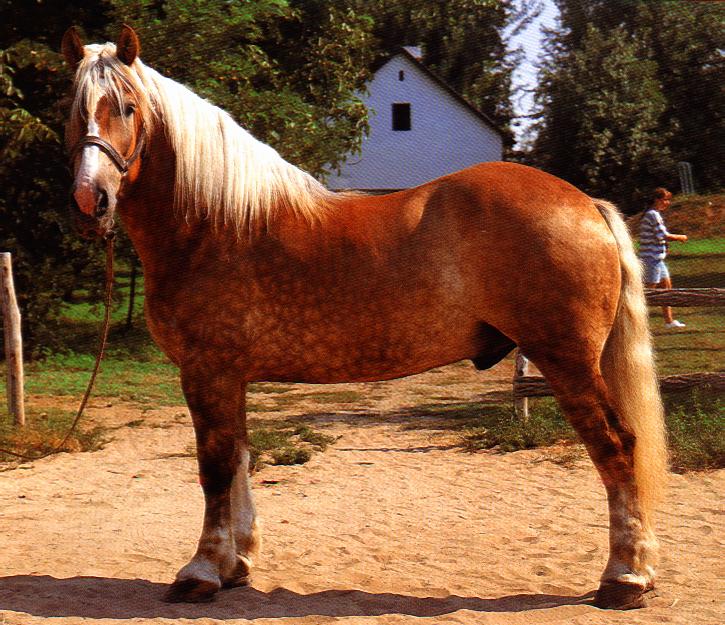 The Schleswig
The Schleswig

The Schleswig was developed during the second half of the nineteenth century as a medium-sized draft horse. Infusions of ligher blood, including Yorkshire Coach Horse and Thoroughbred, were made towards the end of the century but these had no lasting effect on the breed.
The height for the Schleswig is 15.2-16hh, colours predominantly chestnut, occasionally bay or grey. The Schleswig has a large, rather plain head, but with a kind eye; short, crested neck; very powerful shoulders; rather long body, though with good depth through the girth; well muscled hindquarters; short, strong limbs with some feather.
Popular as a tram and bus horse, and for use on the land and in forestry, the breed survived World War I (during which its homeland was unde Danish rule) although it was seriously depleted in both numbers and quality. The subsequent introduction of Breton and Boulonnais blood from France proved highly succesful. The Schleswig recovered and flourished in large numbers untill the years immendiately following World War II. In time, however, mechanization took its usual toll, and numbers dwindled drasticslly. In recent years some of the suriving Schleswings have been bred back to Jutlands, in order to increase the breeds size.